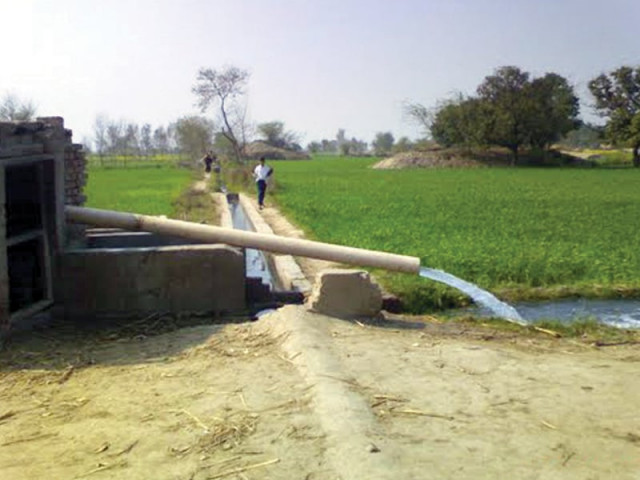
The Ministry of Water and Power has recommended allocation of electricity quota of eight hours a day at a flat rate for operators of agricultural tube wells across the country, a move that will help farmers meet their water needs, but is also apparently aimed at pleasing rural voters just a couple of months ahead of elections.
Sources told The Express Tribune that the ministry would send a summary to the Council of Common Interests (CCI) – the inter-provincial body – to seek approval of eight hours a day power supply to tube wells at a subsidised and flat rate following recommendations of a ministerial committee. At present, electricity supply to tube wells is disrupted by outages.
In Balochistan, owners of agricultural tube wells pay a fixed bill of Rs6,000 per month and the balance is picked by federal and provincial governments. Taking a cue from this, operators of tube wells in Punjab and other parts of the country had asked the government that they should be charged a fixed rate like consumers of Balochistan. The ministry has yet to work out the flat rate.
“A ministerial committee has recommended that tube wells should be supplied power for eight hours a day at a flat rate,” a source said, adding the government would also set the units to be consumed by tube wells in a day.
“If tube wells consume more power than the allocated quota, current rates of electricity will be imposed on them,” the source said.
The National Electric Power Regulatory Authority (Nepra) has set the tariff at Rs11.71 per unit for agricultural consumers, but the government is collecting Rs8.64.

According to sources, except for Balochistan, the government is not paying direct subsidy to agricultural tube wells, which other consumers are bearing in the form of cross-subsidy.
After setting the flat rate, sources stressed, the government would also not offer direct subsidy to tube wells in a bid to avoid strain on the public exchequer, and the subsidy, as per present practice, would be borne by other sectors.
Already, the government is paying hefty subsidies to power producers and may not be in a position to dole out more relief to the agriculture sector.
Sources said the Ministry of Finance was also opposed to giving more subsidy to the power sector. Power consumers have already eaten up Rs235 billion in subsidy so far this fiscal year compared to the target of Rs185 billion for the whole year.
“Higher subsidies to power consumers have led to an increase of 0.2 percentage point in the budget deficit,” a finance ministry official said, adding it would add to miseries for the caretaker set-up in managing the country’s finances like the situation faced by caretakers after the end of previous government.
“The finance ministry is already reeling from the runaway circular debt, which has swelled to Rs450 billion, and any additional subsidy will make matters worse,” the official said.
According to officials, the share of hydroelectric power in the energy mix was 52% in 1985, but dropped to 32% in 2011. On the contrary, the share of power produced through furnace oil rose to 41% compared to 14% earlier.
Gas-based power accounted for 25% of total production compared to 32% in 1985 because of diversion of gas to captive power plants.
“Poor energy mix is one of the main reasons for creating circular debt because of high cost of electricity generation,” the official pointed out.
Published in The Express Tribune, March 5th, 2013.
Like Business on Facebook to stay informed and join in the conversation.

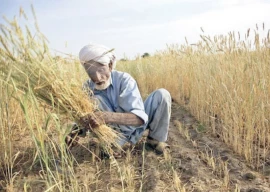
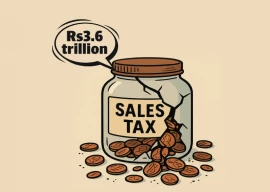


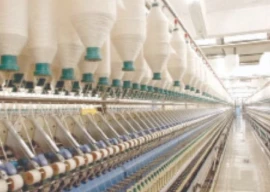




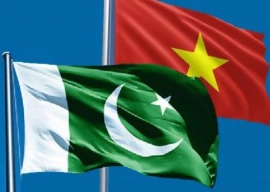

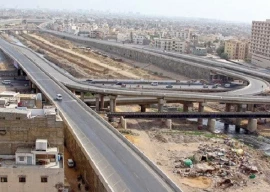







COMMENTS
Comments are moderated and generally will be posted if they are on-topic and not abusive.
For more information, please see our Comments FAQ